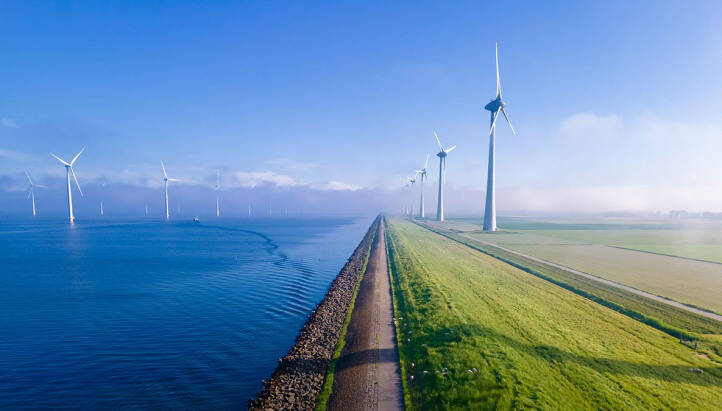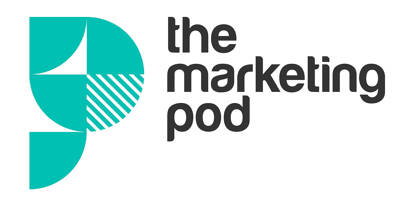Finding the right words to engage B2B audiences on sustainability and inspire them to take action can be a challenge. The very term ‘sustainability’ is at the centre of a long-standing debate, with people wondering whether there might be more specific alternatives that haven’t been explored – or overused – yet.

The challenge becomes even more greater when concepts need to be expressed across different languages and socio-political contexts. Beside addressing purely linguistic barriers with the help of a professional translator, we should also consider how to adapt our messaging strategy to the specific geographic, cultural and political scenarios in which we are operating.
It can be complex, but planning a global sustainability campaign can be an extremely effective way to raise awareness of your company’s green initiatives. and drive real change. So, what are the most important things to consider when taking your message around the world?
Technology uptake will vary
A key consideration when planning international sustainability campaigns is the pace of green technology uptake in the countries you’re targeting. For example, for solar photovoltaics, Asia is the fastest growing region in terms of new installations, with 305.5 GW installed only in China – almost one third of the global capacity. On the other hand, despite a favourable climate, market penetration in Africa is very low due to non-existent subsidies and incentives.
Having reliable data on the pace of cleantech uptake is essential to understand the local technology landscape, and to develop an effective green marketing strategy.
It’s also important to investigate the reasons for any potential resistance to specific technologies. For example, in some Italian rural areas, both residents and local authorities tend to be against repurposing agricultural land to install solar panels. Being up-to-date on this kind of debates will help you shape an effective messaging strategy and avoid sensitive issues.
Geography matters
It may seem obvious, but the location of your target audience will play a central role in determining what sustainability issue it will care about.
When a campaign is designed and planned from your central headquarters, it can be easy to lose sight of the bigger picture. But it’s essential to understand what the most urgent concerns in our target regions are, and to adapt our message accordingly.
Although climate change induced by human activity is the common catalyst of many environmental catastrophes, the results can be diametrically opposed in different corners of the world – from devastating flooding in the South Pacific area, to recurrent drought in sub-Saharan Africa and large wildfires in California or Brazil.
To grasp people’s interest and convince them to take action, we must understand what their priorities are and how they are being impacted by environmental changes. Being up to date with the local news, as well as having an in-depth knowledge of the territory and its characteristics, will help us prioritise the right issues.
Wherever possible, consult your local teams for helpful insights, or rely on an expert partner to adapt your messaging so that it’s as effective as possible across different geographies.
Channels might be different
Once you’ve crafted the perfect green messaging strategy for each local audience, it’s time to consider whether you’re using the right mix of channels to distribute it.
To do that, we need to be familiar with how popular different channels are in the regions we are targeting, and what kind of audience they attract. For example, in Germany, Austria and Switzerland, Xing is just as popular as LinkedIn to reach an audience of professional service providers, meaning it could be a great choice to promote job openings and career initiatives linked to sustainability.
On the social media front, Sina Weibo is among China’s most popular platforms, while most Western channels, such as Meta, Twitter, Snapchat and even YouTube are blocked. As a result, it’s crucial to evaluate the popularity and audience distribution of different channels in different parts of the world, and to allocate resources accordingly.
Local teams may have an extra gear
Liaising with local teams is a good strategy to keep your green messaging coherent, but adapt it effectively for different audiences. No matter how familiar you are with a culture and its take on sustainability, the people on the ground will often have an extra gear when it comes to assessing how well your green marketing initiatives might be received, and how you could improve engagement.
The keyword, here, is collaboration. Get your local teams involved from the start, and encourage them to offer feedback to your marketing department and to any external agencies you might be working with.
By trusting the insights of the people on the ground, you can develop a coherent green marketing campaign, without overlooking the specificities of each region. Ultimately, the effectiveness of all sustainability campaigns relies on a truly global effort to come together and rethink our relationship with the environment.
If you’re struggling to reach a truly global footprint, or want to do more to promote the benefits of your green initiatives in specific regions, get in touch with The Marketing Pod team.
N.B. The information contained in this entry is provided by the above supplier, and does not necessarily reflect the views and opinions of the publisher


